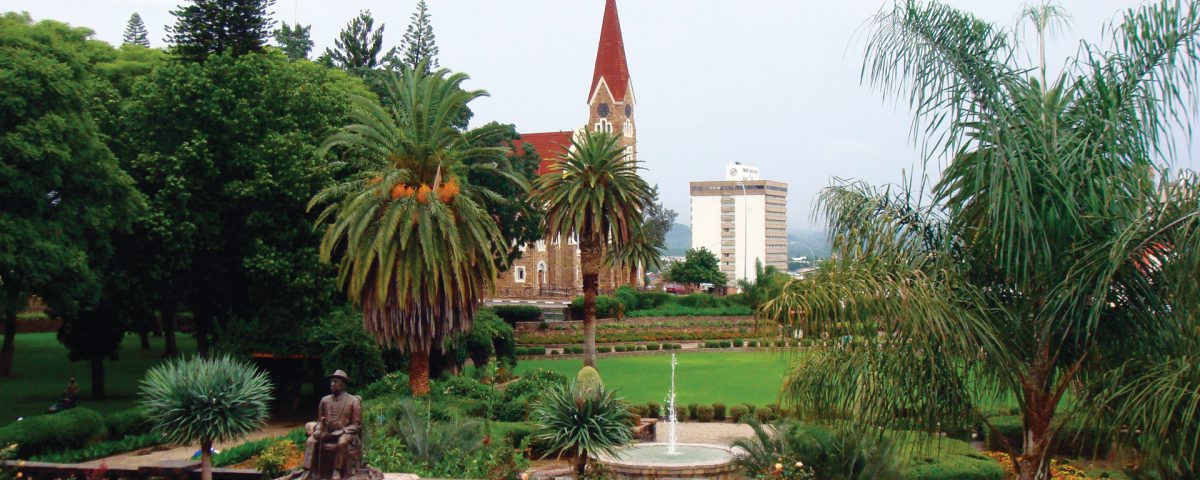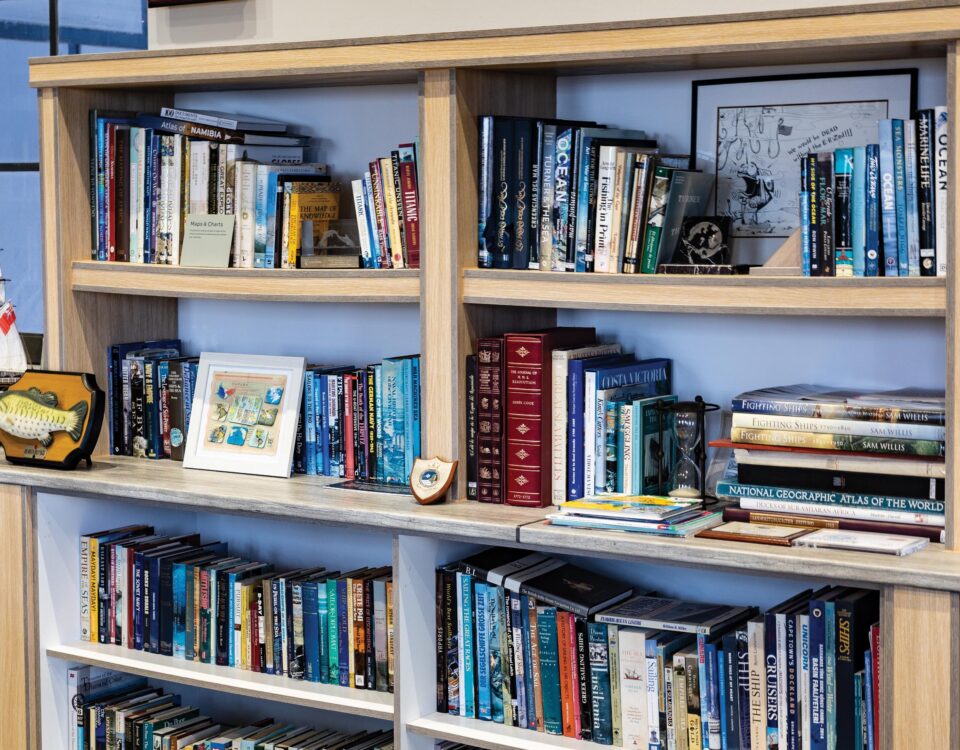
Otjimbingwe – the capital that never was
January 20, 2017
A short word about tall giraffes…
January 26, 2017Compiled Bill Torbitt
Doing quite well
In modern cities open public spaces are always under pressure from developers and municipal fathers who long to turn green parks into car parks, and dream of the day when all trees within the city limits will be growing neatly and centrally out of square concrete pots. In this context, Windhoek does not do too badly, with an impressive number of parks, green ‘lungs’ and spaces open for all to enjoy.
Zoo Park
Best known and most central of all is Zoo Park on Independence Avenue, wedged between the main post office and the town hall car park with the Hilton Windhoek at its far end. The Zoo Park was founded in the earliest days of Windhoek and once occupied a much larger area. Early aerial photographs show it as a dense clump of woodland in the middle of the city. It was the city’s cultural centre, and hosted concerts and art exhibitions, with the cafés staying open till past midnight every night! And yes, there used to be a zoo, but in the 1960s it was closed and its animals sold off. The area is the site of palaeontological discoveries, and of the city’s former hot springs, before desertification put paid to them. Today’s Zoo Park is a pleasant shady place to rest, with enormous exotic trees, a new restaurant, an amphitheatre and even a pagoda donated by the Chinese embassy.
Parliament Gardens
Just a few metres up the hill, in front of the parliament buildings, are the Parliament Gardens. Also laid out in the early days, they comprise a delightful series of watered lawns and shaded walkways, and have been the venue for countless weddings. At sunset, the dramatic silhouette of the Christuskirche makes an irresistible photographic backdrop.
National Botanic Garden
Only a few hundred metres away again, as you climb the hill towards Klein Windhoek and the road to the airport, you will see the National
Botanic Gardens on the left, open daily to the public via the National Botanic Research Institute at 8 Orban Street. Proclaimed only in 1996, the space is a treasure store of indigenous flora.
And much more
There are many more outdoor possibilities, walks and trails, close to the city, ranging from 15 minutes to several days. Take a look at IJG Trails on Farm Windhoek www.farmwindhoek.com, where you can find over 70km of trails. Enjoy!
Windhoek’s cemeteries
The cemeteries of Windhoek are unique and fascinating, and well worth exploring. On each side of Robert Mugabe Avenue, almost unnoticed above the city centre, are graveyards of some of the earliest citizens of Windhoek, dating from the 1890s, and of South African soldiers killed in the first World War.
The main city cemetery, a dignified, shaded park, lies alongside the Hosea Kutako freeway, but the most interesting cemetery lies just a few hundred metres away. This is the Old Location cemetery, where the black residents of Windhoek (from the so-called ‘old location’) were buried up to the 1950s, and where you will see a memorial to the victims of the 1959 uprising against attempts to evict the residents under the apartheid laws of the time.
Avis Dam
The Avis Dam – a real dam – lies just beyond Klein Windhoek left of the airport road. Saved from development, it is set against beautiful hilly scenery and makes a delightful outing. When full of water, its gates have to be opened to release the pressure, discharging a torrent which makes many of the unbridged streets of Klein Windhoek impassable. However, it temporarily enables the world’s most exclusive sport – Windhoek white-water rafting!
This article was first published in the Flamingo May 2011 issue.


